Release time: Jun. 15, 2024
Textile slings have become indispensable in various industries for lifting heavy loads, offering versatility and adaptability in applications ranging from construction to manufacturing. Ensuring safety in lifting operations is paramount, and understanding the safety factor of a textile sling is key to achieving this goal. In this article, we'll delve into the concept of the safety factor, its significance, and why it is crucial for the safe and effective use of textile slings.
1.1 Defining the Safety Factor:
The safety factor of a textile sling is a numerical value that represents the ratio of the breaking strength of the sling material to the maximum load it is expected to carry during normal use. It acts as a safeguard, providing a buffer against uncertainties, variations in load distribution, and unexpected stresses.
1.2 Importance of the Safety Factor:
The safety factor is not just a numerical value; it is a critical parameter that ensures the reliability and safety of lifting operations. By incorporating a safety factor, the sling is designed to handle loads beyond its typical working load, enhancing overall safety and performance.
2.1 Breaking Strength:
The breaking strength of a textile sling is determined through rigorous testing, where the sling is subjected to increasing loads until it reaches its maximum capacity and breaks. This breaking strength serves as the foundation for calculating the safety factor.
2.2 Working Load Limit (WLL):
The working load limit is the maximum load that a textile sling is rated to safely lift during normal use. The safety factor is then calculated by dividing the breaking strength by the working load limit.
3.1 Load Variability:
Lifting operations involve a range of load sizes and weights. The safety factor accommodates this variability, ensuring that the textile sling can handle fluctuations in load without compromising safety.
3.2 External Influences:
Environmental factors, load distribution irregularities, and unexpected stresses can impact the stress on a textile sling. The safety factor acts as a safety net, providing a margin of safety to mitigate these external influences.
4.1 Adherence to Standards:
Various industries have established standards and guidelines for the use of textile slings. Compliance with these standards is crucial to ensuring the safe and efficient use of the slings. The safety factor is often specified in these standards.
4.2 OSHA Regulations:
The Occupational Safety and Health Administration (OSHA) in the United States provides regulations and guidelines for the safe use of lifting equipment, including textile slings. Adhering to these regulations is essential for workplace safety.
5.1 Load Characteristics:
The type of load being lifted, whether static or dynamic, influences the safety factor required. Dynamic loads, which involve sudden starts or stops, may necessitate a higher safety factor to account for increased stress on the sling.
5.2 Sling Configuration:
The configuration of the textile sling, whether in a single-leg, two-leg, or multiple-leg arrangement, can impact the safety factor. Different configurations are chosen based on the specific lifting requirements and load characteristics.
6.1 Regular Inspections:
Periodic inspections of textile slings are essential for identifying signs of wear, damage, or deterioration. Damaged slings should be promptly removed from service to maintain safety.
6.2 Proper Storage:
Storing textile slings in a clean and dry environment away from direct sunlight and harsh chemicals helps prevent degradation and extends their service life.
Understanding the safety factor of a textile sling is fundamental to ensuring safe lifting operations across various industries. By calculating and applying the appropriate safety factor, operators can enhance the reliability of textile slings, mitigate risks, and prioritize the safety of lifting activities.
For high-quality textile slings or more information on safety factors and best practices, contact us. As a trusted supplier, we provide a range of lifting equipment designed to meet industry standards and ensure the safety of lifting operations. Elevate your lifting processes by choosing a reliable supplier committed to quality and safety.
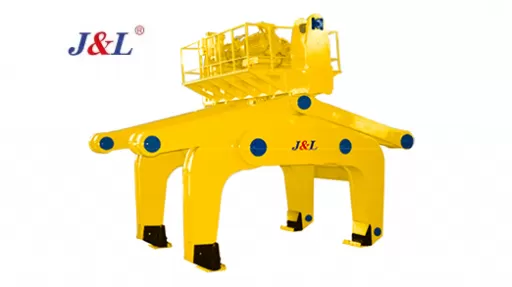 Electric Slab Clamp
Electric Slab Clamp
 Double Fiber Braided Mooring Rope of Polyester And Polyolefin
Double Fiber Braided Mooring Rope of Polyester And Polyolefin
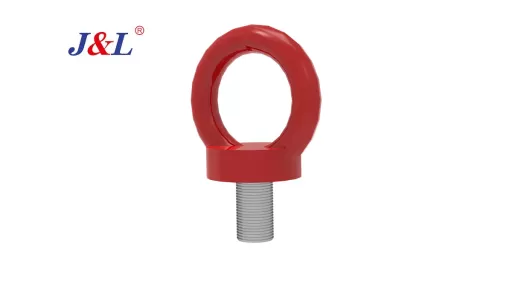 Machinery Eye Bolts
Machinery Eye Bolts
 Heavy Eye Webbing Sling W02-06 | Webbing Slings by J&L
Heavy Eye Webbing Sling W02-06 | Webbing Slings by J&L
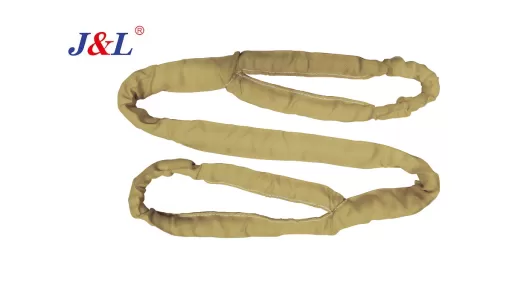 Fireproof Eye Round Sling
Fireproof Eye Round Sling
 Endless Type Webbing Sling W03-03 | Webbing Slings by Juli Sling
Endless Type Webbing Sling W03-03 | Webbing Slings by Juli Sling
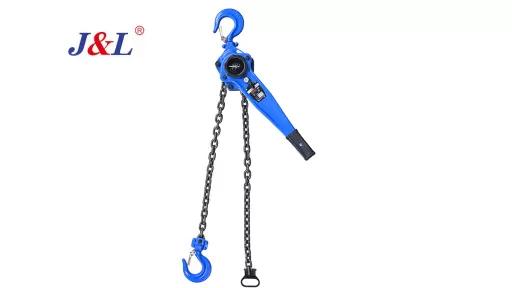 Lever block
Lever block
 Heavy Eye Webbing Sling W02-10 | Webbing Slings by J&L
Heavy Eye Webbing Sling W02-10 | Webbing Slings by J&L
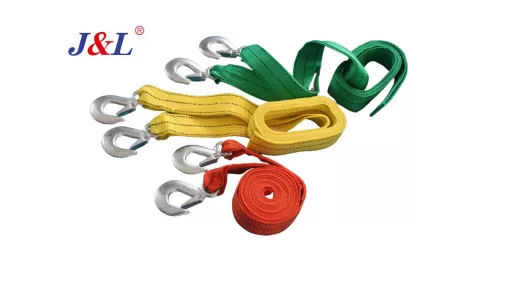 Towing Belt For Cars
Towing Belt For Cars
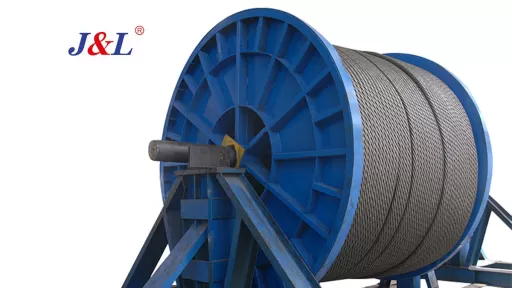 6×19S+IWR Round Strand Steel Wire Rope
6×19S+IWR Round Strand Steel Wire Rope